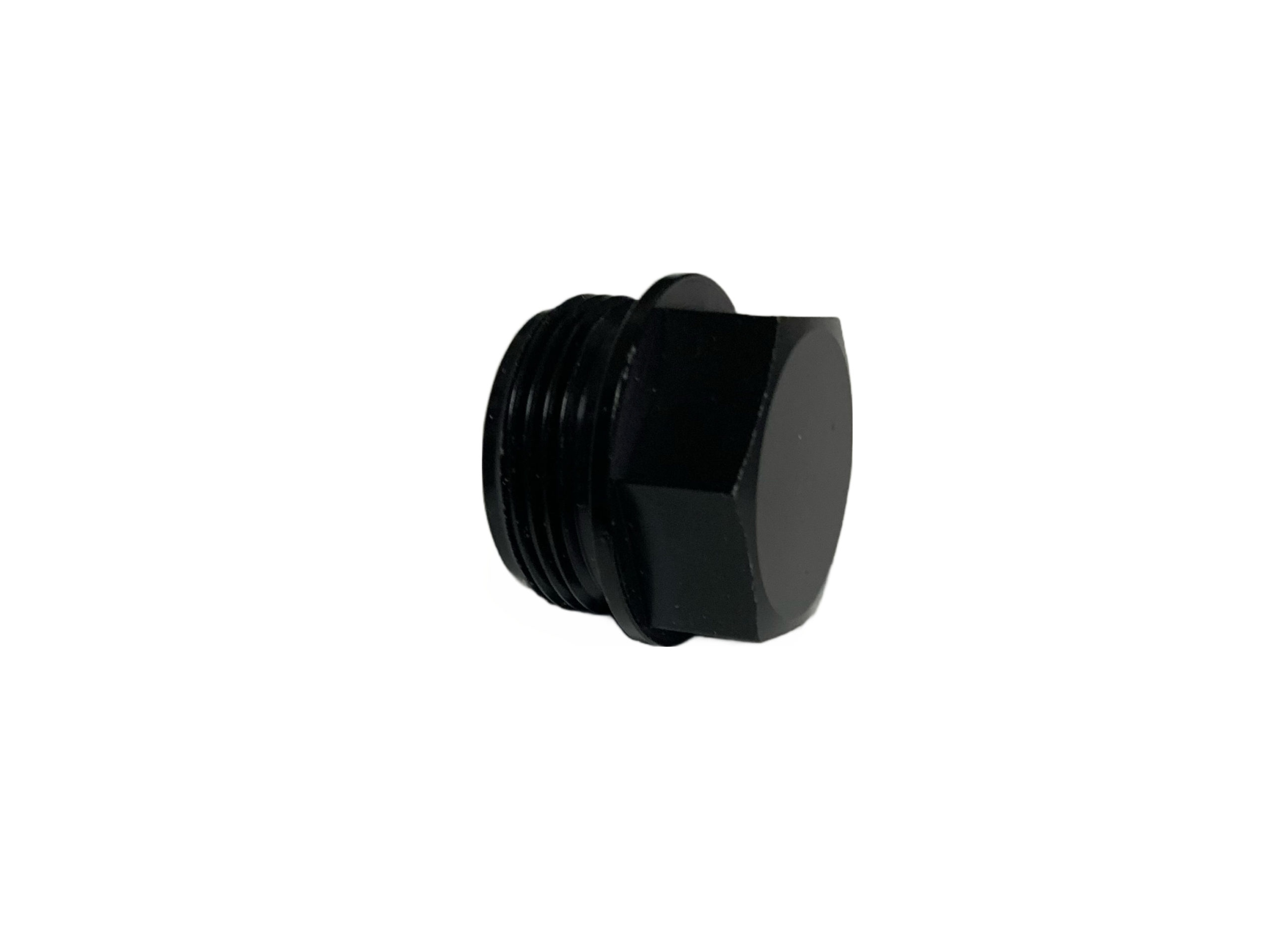The 7.3 fuel bowl is an integral component of the diesel engine, particularly renowned in the realm of heavy-duty trucks. This small, yet significant part plays a vital role in the efficient functioning of the engine's fuel system. Enthusiasts and mechanics alike are often intrigued by the 7.3 fuel bowl due to its importance in maintaining engine performance and fuel economy.
Understanding the intricacies of the 7.3 fuel bowl not only enhances one's knowledge of diesel engine mechanics but also empowers individuals to perform maintenance and troubleshooting with confidence. This component, though straightforward in design, requires a deep understanding to ensure its optimal performance and longevity. As diesel engines continue to be a preferred choice for their power and efficiency, mastering the 7.3 fuel bowl becomes essential for anyone looking to maximize their vehicle's potential.
In this comprehensive guide, we will delve into the world of the 7.3 fuel bowl, exploring its functions, maintenance tips, common problems, and solutions. Whether you're a seasoned mechanic or a diesel enthusiast, this article aims to provide valuable insights into the 7.3 fuel bowl, equipping you with the knowledge to tackle any fuel system challenges with ease.
Read also:Cardi Bs Dazzling Piercing Style A Dive Into Her Iconic Look
Table of Contents
- What is the 7.3 Fuel Bowl?
- How Does the 7.3 Fuel Bowl Function?
- Why is the 7.3 Fuel Bowl Important?
- Common Problems with the 7.3 Fuel Bowl
- How to Maintain the 7.3 Fuel Bowl?
- Tools Needed for 7.3 Fuel Bowl Maintenance
- Step-by-Step Guide to Cleaning the 7.3 Fuel Bowl
- How to Troubleshoot 7.3 Fuel Bowl Issues?
- Upgrading the 7.3 Fuel Bowl
- Safety Tips When Working on the 7.3 Fuel Bowl
- Frequently Asked Questions
- Conclusion
What is the 7.3 Fuel Bowl?
The 7.3 fuel bowl is a component of the fuel system in diesel engines, specifically designed for the 7.3-liter Powerstroke engine. It functions as a reservoir where fuel is stored before it is injected into the engine. This component is crucial for filtering and delivering clean fuel to the injectors, ensuring the engine runs smoothly and efficiently.
How Does the 7.3 Fuel Bowl Function?
The primary function of the 7.3 fuel bowl is to filter and supply clean fuel to the engine. It contains a filter element that traps contaminants and water, preventing them from entering the engine. The fuel pump draws fuel from the tank and sends it to the fuel bowl, where it is filtered before reaching the injectors.
Why is the 7.3 Fuel Bowl Important?
The 7.3 fuel bowl is essential for maintaining engine performance and longevity. By filtering out contaminants, it protects the fuel injectors and engine from damage. A clean fuel supply ensures optimal combustion, leading to improved fuel efficiency and reduced emissions.
Common Problems with the 7.3 Fuel Bowl
Some common issues with the 7.3 fuel bowl include:
- Fuel leaks due to worn-out seals or gaskets
- Clogged fuel filter affecting fuel flow
- Water accumulation leading to corrosion
- Cracked or damaged fuel bowl housing
How to Maintain the 7.3 Fuel Bowl?
Regular maintenance of the 7.3 fuel bowl includes changing the fuel filter, inspecting seals and gaskets, and checking for leaks. Keeping the fuel bowl clean and free from contaminants is crucial for optimal performance.
Tools Needed for 7.3 Fuel Bowl Maintenance
- Socket set
- Fuel filter wrench
- O-ring pick
- Clean cloths
- Replacement fuel filter and gaskets
Step-by-Step Guide to Cleaning the 7.3 Fuel Bowl
- Turn off the engine and relieve fuel system pressure.
- Remove the fuel bowl cover using a socket wrench.
- Take out the old fuel filter and inspect the bowl for debris.
- Clean the fuel bowl and surrounding area with a clean cloth.
- Install a new fuel filter and replace the cover, ensuring seals are in place.
How to Troubleshoot 7.3 Fuel Bowl Issues?
Troubleshooting the 7.3 fuel bowl involves checking for common issues such as leaks, clogged filters, and damaged components. A systematic approach to identifying and resolving these problems can prevent more severe engine damage.
Read also:Weather Wonders Of San Francisco A Detailed Guide
Upgrading the 7.3 Fuel Bowl
Upgrading the 7.3 fuel bowl can enhance engine performance and reliability. Consider high-performance fuel filters and aftermarket components designed for better filtration and durability. Consult with a professional mechanic for recommendations.
Safety Tips When Working on the 7.3 Fuel Bowl
- Always work in a well-ventilated area.
- Wear protective gloves and eyewear.
- Ensure the engine is cool before starting work.
- Dispose of old fuel filters and oil responsibly.
Frequently Asked Questions
What symptoms indicate a problem with the 7.3 fuel bowl?
Common symptoms include fuel leaks, reduced engine performance, and increased fuel consumption.
How often should I replace the fuel filter in the 7.3 fuel bowl?
It's recommended to replace the fuel filter every 15,000 to 30,000 miles, depending on driving conditions.
Can I upgrade the 7.3 fuel bowl myself?
Yes, with the right tools and knowledge, you can upgrade the 7.3 fuel bowl. However, consulting a professional is advisable for complex upgrades.
What could cause a fuel leak in the 7.3 fuel bowl?
Fuel leaks can result from worn-out seals, gaskets, or a cracked fuel bowl housing.
Is it necessary to clean the 7.3 fuel bowl regularly?
Yes, regular cleaning helps maintain the efficiency and longevity of the fuel system.
What are the benefits of upgrading the 7.3 fuel bowl?
Upgrading can improve fuel filtration, engine performance, and reduce the risk of fuel system issues.
Conclusion
Mastering the 7.3 fuel bowl is crucial for diesel engine maintenance and performance optimization. Understanding its functions, common problems, and maintenance practices can prevent costly repairs and ensure a reliable driving experience. With proper care and occasional upgrades, the 7.3 fuel bowl can significantly enhance the longevity and efficiency of your diesel engine.

